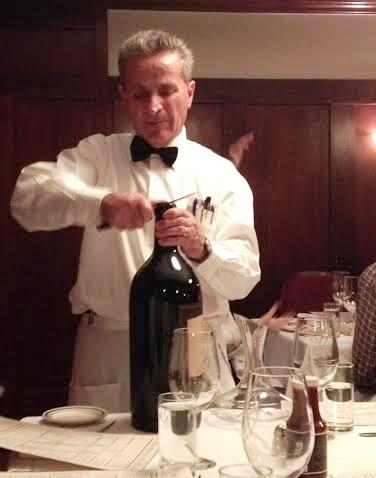When creating a good restaurant, there are many things you have to consider. How do you plan on creating atmosphere and ambience and what food do you plan on serving? Along with that, you also have to figure out how to create a wine list and decide what wines you are going to sell. Wine is one of the top earners at restaurants, so choosing not to sell wine is hurting your own industry. Take some time to figure out what food you want to serve and once that is done, you can begin looking at wines. Here is how you can create a good wine list for your restaurant.
A Mix of Different Prices
The most important thing for any restaurant to follow when creating a wine list is that you are going to have to use a mixture of expensive wines, cheap wines, and middle of the road wines. If you don’t take the time to cater to every price range, you are definitely going to be alienating customers and losing out on potential money. Some people might just come in and want the house wine, while others might want an aged wine that is quite valuable.
If you are deciding to pick up expensive wines, you are going to have to ensure that you have the proper way to store it. Having a good preservation system is the best way to preserve wine and to ensure that it stays fresh and keeps it flavours. Wine is one of the few beverages that can easily lose out on a ton of flavours if it is not stored properly. This is especially important when it comes to expensive wines as you don’t want to have your customers disappointed after spending a great deal of money. If you want to create a good wine list, you are going to have to ensure that you have a large price range of wines so you can cater to every budget.
Look for Different Locations
Wines are brewed all around the world and each country puts their own spin on the wine due to the grapes and the soil that is used. Therefore, a red wine from Chile might taste extremely different to a red wine from France. Customers will have wine regions that they prefer and to ignore those regions would be potentially losing money. It is impossible to cover every region, but you should consider a few wines from each continent. Wines from California and Napa Valley for example are great choices for North American wines. Moving over to Europe, if you are able to get a few wines from some of the major countries, you are going to greatly increase your sales. Having a variety of wines from different locations is another step that you need to create a great wine list.
Red, White, Or Rosé?
The next thing to look at with wine is what type of wines will your customers want. Red wines are great for large meals as their flavour profiles compliment them quite nicely. White wines on the other hand are great for lighter foods as you can bring out the sweetness in the wine. Finally, rosés are great for desserts and people who are looking for something sweet. By picking up several of each wine, you are once again giving the customer a ton of choices based upon what they are feeling. The minute you remove options from a wine list, customers are going to be left confused and wonder why these aren’t included.
Look for Wine Pairings
The final thing to consider when building your wine menu is the food pairings. Putting wines on your menu that pair well with your foods is a great way to increase sales of the wine and also make your restaurant look incredibly knowledgeable. Red meats for example pair extremely well with something like a cabernet sauvignon and seafood and seafood pastas work quite nicely with a sweeter white wine. For an added bonus, include the food pairing with the wine on the menu, letting your customers know what food goes best with this wine. Your wine menu and your food menu should work together, if they are fragmented and disjointed it will show and your sales will suffer.
These are all things that you have to consider when creating a wine menu. Wine should always be served fresh and if you do not plan on that, it should be stored and preserved properly. Finally, consider getting wines that are in season and have had a good harvest. There are some regions in the world where a bad harvest hurts the wine that year resulting in it losing some of its flavor. What wines do you plan on adding to your restaurant?


